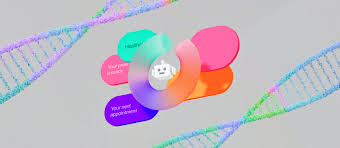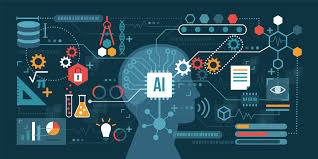Older adults can save tens of thousands of dollars annually by choosing assisted living communities over aging in place in their homes.
Unlike point solutions, Inspiren unifies resident safety, care planning, staffing, and emergency response into a single AI-powered platform.
An artificial intelligence-powered virtual assistant platform for senior living and care providers.

 Future staffing demand will force industry to rethink care strategies. According to BLS, the industry will need
Future staffing demand will force industry to rethink care strategies. According to BLS, the industry will need  Lifespan versus healthspan – a worrisome difference of 12.4 years in the US. While many older adults may live longer, well into their 80’s, they may be living with chronic diseases such as diabetes, heart disease and cancer. That difference, known as healthspan, may be as much as 12.4 years in the US, the worst globally, according to
Lifespan versus healthspan – a worrisome difference of 12.4 years in the US. While many older adults may live longer, well into their 80’s, they may be living with chronic diseases such as diabetes, heart disease and cancer. That difference, known as healthspan, may be as much as 12.4 years in the US, the worst globally, according to  Data about care is becoming the backbone of home care best practice. In the past (and in some current settings) the home care worker has kept a book in the home for record keeping, bringing it in periodically to get paid. Today, organizations can use captured information about the home care situation, combining it with information aggregated from other clients or individual care recipient history. Data and the governance procedures to maintain its quality and security will, like other uses of AI, become the foundation for realizing its benefits in home care.
Data about care is becoming the backbone of home care best practice. In the past (and in some current settings) the home care worker has kept a book in the home for record keeping, bringing it in periodically to get paid. Today, organizations can use captured information about the home care situation, combining it with information aggregated from other clients or individual care recipient history. Data and the governance procedures to maintain its quality and security will, like other uses of AI, become the foundation for realizing its benefits in home care. Executives see the possibilities for AI in home care. Home care and home health care are labor intensive industries. Hands-on work is historically preceded and followed by paper-based documents and tracking tools. However, it is increasingly likely that home care companies will move quickly past ‘Year One’ of AI as the labor-saving benefits are seen and realized. Interviewees, including agencies and tech firms, note the changes underway. Some are engaged in various pilot projects of AI-enabled tools, others are doing implementations, still others are already deployed. For example, report discussions surfaced the following:
Executives see the possibilities for AI in home care. Home care and home health care are labor intensive industries. Hands-on work is historically preceded and followed by paper-based documents and tracking tools. However, it is increasingly likely that home care companies will move quickly past ‘Year One’ of AI as the labor-saving benefits are seen and realized. Interviewees, including agencies and tech firms, note the changes underway. Some are engaged in various pilot projects of AI-enabled tools, others are doing implementations, still others are already deployed. For example, report discussions surfaced the following: An AI tech agent on our behalf – predicted long ago. Consider the definition: “An AI agent is a system that perceives its environment, makes decisions, and takes actions to achieve specific goals, often autonomously.” At first look, that seems quite scary and is reminiscent of two quite predictive fictions:
An AI tech agent on our behalf – predicted long ago. Consider the definition: “An AI agent is a system that perceives its environment, makes decisions, and takes actions to achieve specific goals, often autonomously.” At first look, that seems quite scary and is reminiscent of two quite predictive fictions: